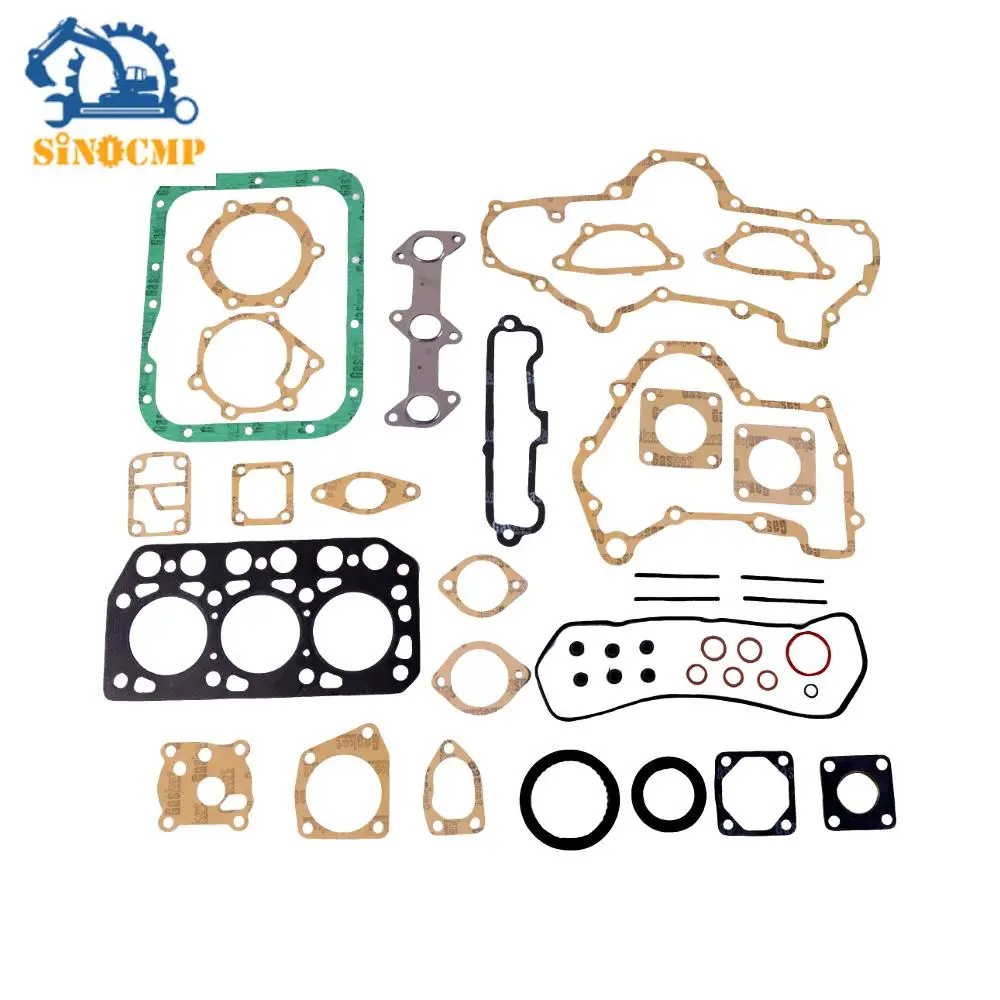Коммерческий блендер фтор резиновый масляный уплотнитель небольшой прибор водонепроницаемое кольцо износостойкий
- Категории: Kitchen Appliance Parts >>>
- Поставщик: Guangzhou,Longterm,Kitchen,Equipment,Co.,Ltd.
Поделиться:
Описание и отзывы
Характеристики
Products Description
Skeleton oil seal is a typical representative of oil seal, generally speaking, oil seal refers to skeleton oil seal. The function of the oil seal is generally to isolate the parts that need to be lubricated from the output parts in the transmission parts, so as not to let the lubricating oil leak. The skeleton is like the steel bar in the concrete member, which acts as a reinforcement and enables the oil seal to maintain its shape and tension. According to the structure, it can be divided into single-lip skeleton oil seal and double-lip skeleton oil seal. The auxiliary lip of the double-lip skeleton oil seal acts as a dust-proof function to prevent external dust and impurities from entering the interior of the device. According to the frame type, it can be divided into inner frame oil seal, exposed frame oil seal and assembled oil seal. According to the working conditions, it can be divided into rotary skeleton oil seal and reciprocating skeleton oil seal. The role is to limit the leakage of lubricating oil in the bearing. The requirements for the oil seal are that the size (inner diameter, outer diameter, thickness) should meet the regulations; it is required to have appropriate elasticity, which can properly clamp the shaft and play the role of sealing; it must be heat-resistant, wear-resistant, strong, and corrosion-resistant. , long service life.
The oil seal structure of small household appliances consists of three parts: oil seal body, reinforced frame and self-tightening coil spring. The sealing body is divided into bottom, waist, cutting edge and sealing lip according to different parts. Usually, the inner diameter of the skeleton oil seal in the free state is smaller than the shaft diameter, that is, there is a certain "interference". Therefore, when the oil seal is installed on the oil seal seat and the shaft, the pressure of the oil seal cutting edge and the contraction force of the self-tightening coil spring will produce a certain radial tightening force on the shaft. After a period of operation, the pressure will decrease rapidly or even disappear. , Therefore, adding a spring can compensate the self-tightening force of the oil seal at any time.
The raw material of the oil seal is made of fluorine rubber plus Teflon (modified PTFE) to match the lip of the oil seal. It has good wear resistance, strong temperature resistance and good self-lubrication. The biggest feature is high temperature resistance of 300 degrees and resistance to 40,000 rpm. Speed dry running friction has self-lubricating properties. Under the following test conditions: speed of 40,000, dry grinding for 5 days and water grinding for 10 days, more than 1500 cycles, it can be seen that the super-long wear resistance is very suitable for small appliances that require ultra-high speed .
3. Common materials of oil seals.
The commonly used materials for oil seals are: NBR, fluorine rubber FKM, silicone rubber SIL, acrylic acid cool rubber ACM, polytetrafluoroethylene PTFE, etc. *The lip rubber and peripheral rubber materials are different. Only use good materials on the lip to reduce the cost of oil seals.
The working range of the oil seal is related to the material used for the oil seal
The raw material of the oil seal is made of fluorine rubber plus Teflon (modified PTFE) to match the lip of the oil seal. It has good wear resistance, strong temperature resistance and good self-lubrication. The biggest feature is high temperature resistance of 300 degrees and resistance to 40,000 rpm. Speed dry running friction has self-lubricating properties. Under the following test conditions: speed of 40,000, dry grinding for 5 days and water grinding for 10 days, more than 1500 cycles, it can be seen that the super-long wear resistance is very suitable for small appliances that require ultra-high speed .
3. Common materials of oil seals.
The commonly used materials for oil seals are: NBR, fluorine rubber FKM, silicone rubber SIL, acrylic acid cool rubber ACM, polytetrafluoroethylene PTFE, etc. *The lip rubber and peripheral rubber materials are different. Only use good materials on the lip to reduce the cost of oil seals.
The working range of the oil seal is related to the material used for the oil seal
1. J eye rubber (NBR): -40~120°C;
2. Silicone rubber (SIL): -30~180°C;
3. Fluorine rubber (FKM): -25~300°C
4. Acrylic rubber (ACM): -35~250°C
4. Acrylic rubber (ACM): -35~250°C
5 Polytetrafluoroethylene (PTFE): -160~260C.
4. When installing the structural device of the skeleton oil seal of home appliances, some oil must be applied to the sealing ring, and at the same time, ensure that the skeleton oil seal is perpendicular to the axis line. If it is not vertical, the sealing lip of the oil seal will drain the lubricating oil from the shaft, and it will Causes excessive wear of the sealing lip. During operation, the lubricant in the casing seeps out a little to achieve the ideal state of forming an oil film on the sealing surface.
Name | Home appliance oil seal |
Shape | O-ring |
Application | Machinery, electrical appliances, cylinders, bearings, pumps, valves |
Apply to | Juice, grinding, smoothies |
Properties | High temperature resistance, wear resistance, corrosion resistance |
Our Service | OEM & ODM |
Details Images
Company Profile




Packing& Delivery

FAQ
Q1.What is your MOQ ?
A1.we accept small quantity for your trial order.
Q2.Can I get free samples?
A2.Sure,after price confirmed, we can provide samples for the quality checking,it will be fine to ship with your shipping account.
Q3.How long is the production lead time?
A3.It takes 3-5 days for MOQ. We have large production capacity, which can ensure fast delivery time even for large
quantity.
Q4.What format of the file do you need if I want my own design?
A4.You can provide JPG, AI,cdr or PDF,etc.We will make 3D drawing for mold or printing screen for your final confirmation based on technique.
Q5.What is your payment term?
A5.Our normal payment term is TT 30% deposite after order signed and 70% before shipment .
Q6.What is your terms of delivery?
A6.We accept EXW, FCA, FOB, CIF,etc. You can choose the one which is the most convenient or cost-effective to you.
Q2.Can I get free samples?
A2.Sure,after price confirmed, we can provide samples for the quality checking,it will be fine to ship with your shipping account.
Q3.How long is the production lead time?
A3.It takes 3-5 days for MOQ. We have large production capacity, which can ensure fast delivery time even for large
quantity.
Q4.What format of the file do you need if I want my own design?
A4.You can provide JPG, AI,cdr or PDF,etc.We will make 3D drawing for mold or printing screen for your final confirmation based on technique.
Q5.What is your payment term?
A5.Our normal payment term is TT 30% deposite after order signed and 70% before shipment .
Q6.What is your terms of delivery?
A6.We accept EXW, FCA, FOB, CIF,etc. You can choose the one which is the most convenient or cost-effective to you.



















